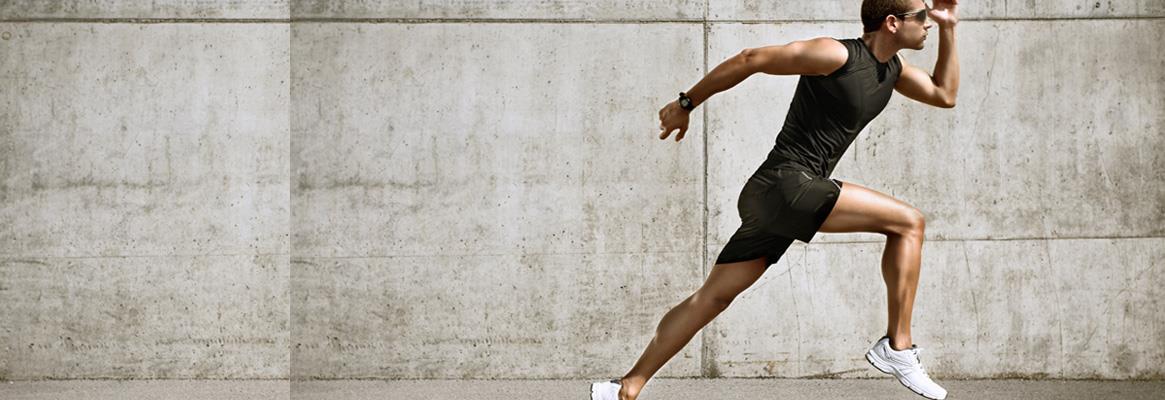Clothing & Clothing Comfort
Clothing is an integral part of human life. Clothing protects from cold or heat to maintain body thermal comfort throughout the full range of human activities. Comfort may be defined as a pleasant state of psychological, physiological and physical harmony between a human being and the environment.
Clothing comfort or the sense of coolness/warmth is one of the important parameters of sportswear. Comfort in fabrics is related to three main factors, namely thermo-physiological, sensorial and physiological.
Moisture management
Moisture management is an important aspect of any fabric meant for apparel, which decides the comfort level of that fabric. The moisture management properties of a fabric are critical to wearers' comfort, especially in sportswear for moderate to intensive physical activity. Various types of tactile, moisture and thermal interactions between the clothing material and the human skin determine the comfort level of a person at a given environmental condition while engaged in a specific level of activity.
Considerable research has been carried out on ideal structure for sportswear. However, different sports demand different construction of the garment, though some structures are commonly used. Layered structures are most common structures in that category. The performance of layered structures in thermo-physiological regulation is better than single layer textile structure.
Fabric design
Layering of fabrics used as garment has major effect on properties such as thermal conductivity, air permeability and moisture vapour transmission. A simple double-face construction is preferred, in which inner face is made of a synthetic fibre, say polyester that is hydrophobic and has a good capillary action; the outer face is made from a hydrophilic fibre like viscose/modal/cotton that absorbs the transported moisture and allows it to evaporate.
Research & development has been carried out to develop a bi-layer knitted fabric that will achieve a high level of clothing comfort for active sportswear. In this regard, moisture management properties of several bi-layer knitted structures made out of Viscose-Polypropylene, Modal-Polypropylene, Viscose-Micorfibre Polyester, Modal-Micorfibre Polyester, Viscose-Polyester, Modal-Polyester and Bamboo-Polyester were studied.
From the research, it can be concluded that the bi-layer knitted fabric (Polyester/Viscose or Polyester/Modal) because of its good moisture management properties are preferred for sporting apparel because they quickly release perspiration from the skin to keep the wearer dry.
The micro-fibre polyester (inner layer) and modal (outer layer) bi-layer knitted fabrics have better moisture management property because of better wetting time, high wetting radius, good absorption rate and good spreading speed of sweat, and hence provide high level of comfort and can be preferred for active sportswear. They are also cooler to the touch compared to polyester cotton structures.
Birla modal fibre
Modal is 2nd generation fibre in regenerated cellulosic fibres. Modal as defined by The International Bureau for the Standardization of Man-made Fibres (BISFA) is a distinct viscose fibre genre, which has a higher Wet Modulus (HWM) and satisfies a minimum value of tenacity in the wet stage at 5% elongation.
The superior physical properties of Birla Modal make fabrics last longer with an enduring look and feel. This fibre is extremely well suited for blending with other fibres.
Birla modal advantage

Benefits of Birla Modal to Value Chain Partners

Birla modal - End consumer benefits

References
1. Development of sportswear with enhanced Thermo-physiological comfort properties using cotton and regenerated cellulosic fibres -Wool Research Association, Thane (Centre of Excellence for Sportech, Ministry of Textiles, Govt. of India) & TRADC, Birla Cellulose, Aditya Birla Group
2. Moisture-management properties of bi-layer knitted fabrics for sportswear - Journal of Industrial Textiles
3. Birlacellulose.com
4. Grasim.com








Comments